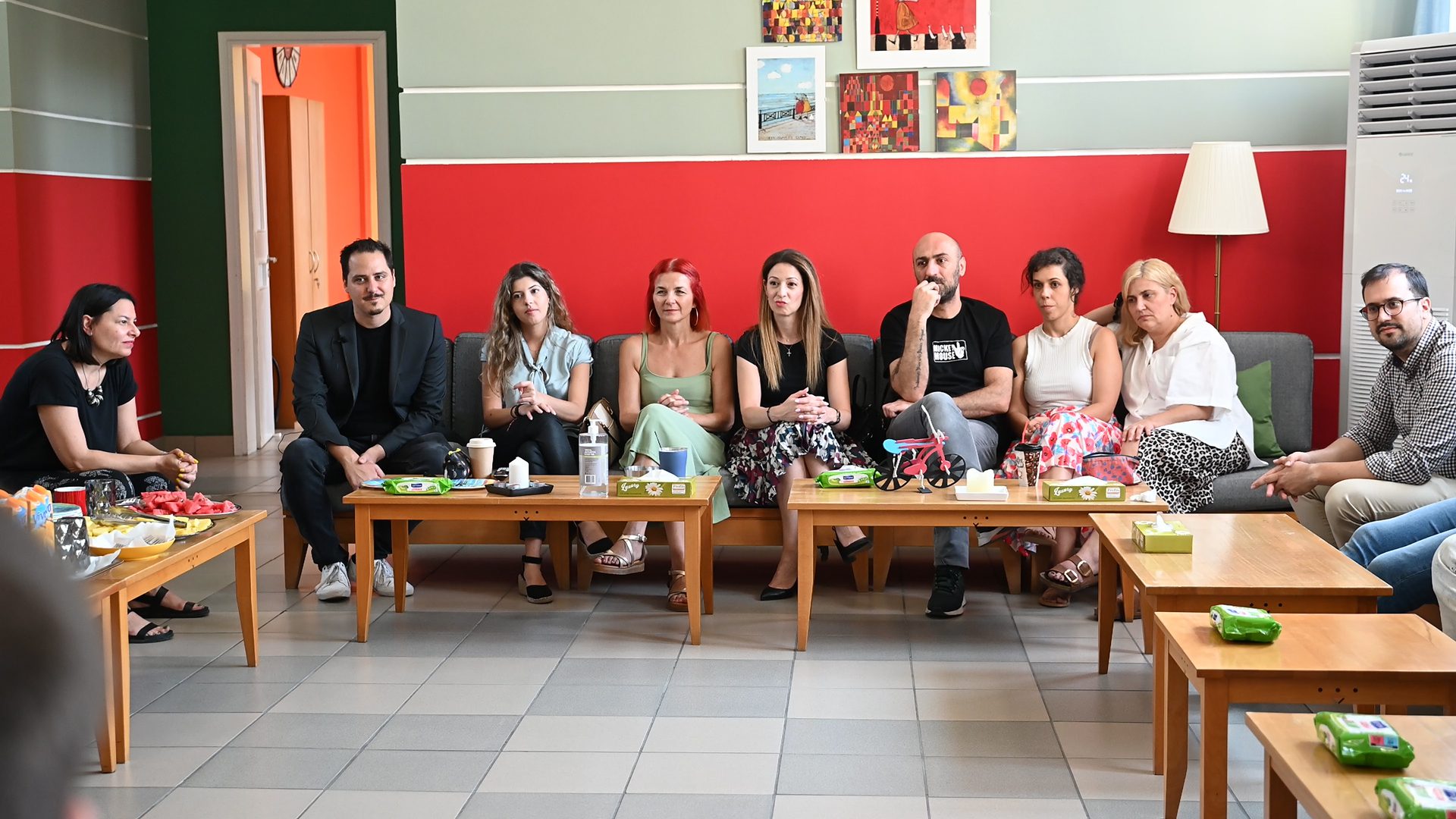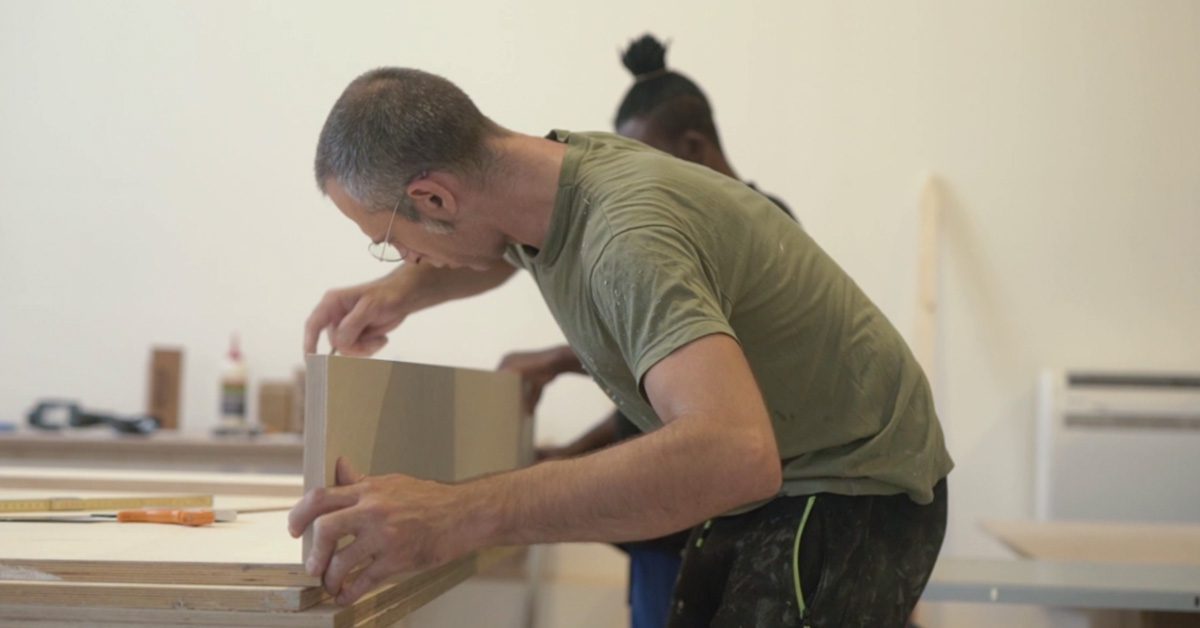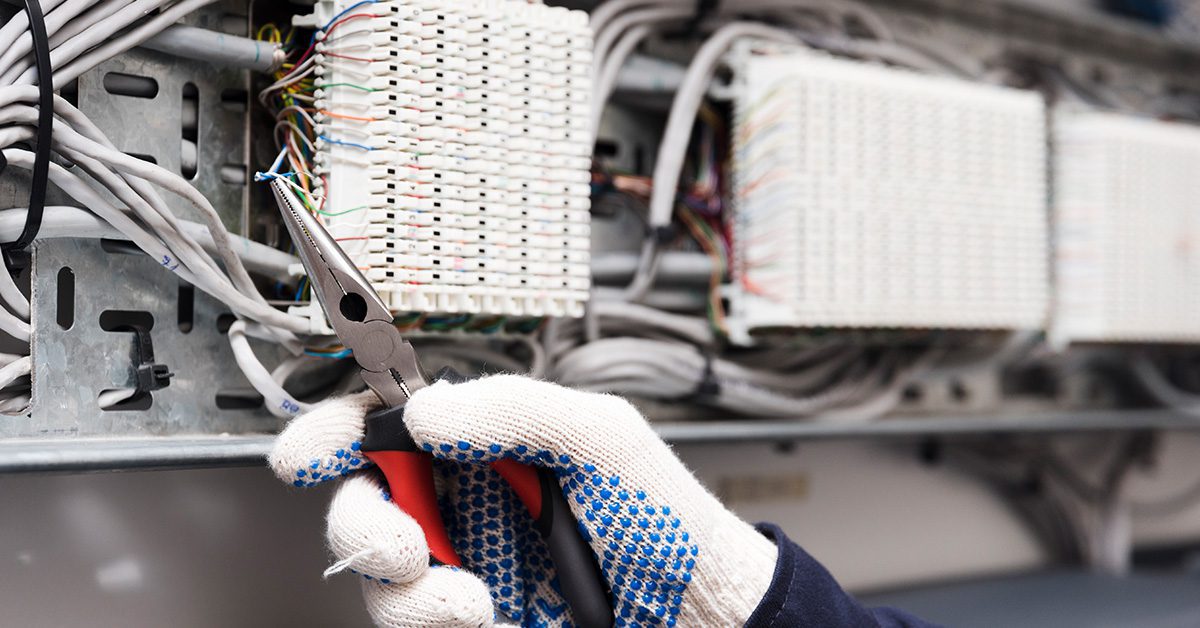
The Power of Art Integration Pedagogies: Fostering Creativity and Engagement in Education
Arts Integration is a research-based curricular strategy that has found application in classrooms for over three decades. Art integration pedagogies offer a powerful educational approach incorporating the arts into various academic disciplines, enriching learning experiences and nurturing creativity among students. This holistic teaching method not only fosters a deeper understanding of the subject matter but also contributes to developing critical thinking, problem-solving skills, and emotional intelligence. Through that, educators can foster a dynamic and engaging learning environment by integrating arts with traditional academic subjects. Implementing this strategy can effectively equip students with the necessary tools to thrive in a constantly changing world.
Understanding Art Integration Pedagogies
As Ludwig, Boyle, and Lindsay refer to their study (2017) in the International Journal for the Arts about arts integration “… a strategy for connecting the development of skills and concepts in the arts with skills and concepts from other areas of learning through multiple modes of engagement in classrooms.” Art integration pedagogies move away from the conventional method of separating subjects in education. Educators need to integrate the arts as a crucial tool to enrich learning instead of treating them as separate from other subjects. Whether through visual arts, music, drama, dance, or literature, art integration pedagogies are adaptable to various disciplines, promoting interdisciplinary connections and making learning more meaningful.
Why Integrate the Arts?
Integrating Arts offers several advantages for students and their teachers. Art integration pedagogies foster creativity, and students are encouraged to think critically. They have the opportunity to explore multiple perspectives and develop problem-solving strategies and skills that are highly valuable in the workplace and life and contribute to future work readiness. They analyze and interpret information from different angles and evaluate and make connections. Furthermore, it increases engagement, as it captivates students’ engagement levels and makes the learning process joyful. It also enhances memory retention, as research shows that when information is presented creatively and visually appealing, it becomes easier for students to recall and apply the knowledge later. Through art integration, students have the chance to evoke their emotions, explore their feelings, and understand others’ perspectives. It fosters empathy and emotional intelligence and allows students to deeper understand themselves as well as others. Finally, art integration celebrates diverse cultures, traditions, and identities. Connecting with one’s heritage and understanding the importance of cultural diversity in a globalized world is beneficial for students.
STEAM integrates Arts
STEAM stands for Science, Technology, Engineering, Arts, and Mathematics. It is an educational approach incorporating arts and creativity into the traditional STEM disciplines. Including arts in STEM subjects aims to foster creativity, critical thinking, and problem-solving skills while enhancing students’ understanding and engagement with these subjects. STEAM seeks to provide students with a more holistic and well-rounded educational experience by integrating the arts. When incorporating art into the STEAM framework, educators leverage art’s expressive and creative aspects to complement and reinforce concepts from science, technology, engineering, and mathematics. This integration helps students develop a more holistic understanding of these subjects and encourages them to think critically, problem-solve, and explore ideas from multiple perspectives.
Conclusion
Art integration pedagogies hold immense potential to revolutionize education by fostering creativity, engagement, and deeper understanding among students. By making the arts a fundamental aspect of education, teachers can foster creativity and help students become equipped with crucial skills to navigate a constantly evolving world. As we strive to prepare students for future challenges, incorporating art into education is not just an option but a necessity.





